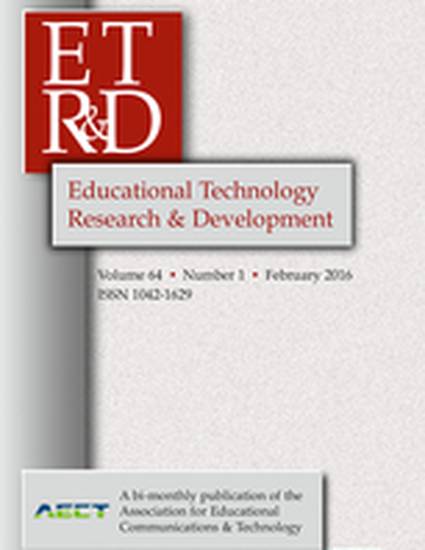
Article
Learning and remembering from thematic maps of familiar regions
Educational Technology Research and Development
(1998)
Abstract
To examine how four methods of symbolizing data affect learning from thematic maps of familiar regions, two experiments were conducted. In Experiment 1, 86 college students viewed one of three types of thematic map or a control table, then read a map-related text. Recall of regions with their associated theme information was greater for those who studied a map than for those who studied a table. In Experiment 2, 83 college students viewed one of two types of thematic map for either 1 or 3 min, followed by a map-related text. Shaded-region, or choropleth maps were associated with greater recall of theme information, but longer exposure time was not. In both experiments, map-related text information was recalled more than map-unrelated text information. Choropleth maps and proportional symbol maps were associated with higher reported use of metacognitive strategies. Instructional and theoretical implications of these findings are discussed.
Keywords
- ordered variable,
- quantitiative variable,
- graphical excellence,
- structural information,
- feature information,
- choropleth map,
- proportional symbol map,
- cartograpm,
- visual variable,
- computational efficiency,
- thematic map
Disciplines
Publication Date
1998
DOI
10.1007/BF02299827
Citation Information
Kent A Rittschof and Raymond W Kulhavy. "Learning and remembering from thematic maps of familiar regions" Educational Technology Research and Development Vol. 46 Iss. 1 (1998) p. 19 - 38 ISSN: 1556-6501 Available at: http://works.bepress.com/kent_rittschof/8/
